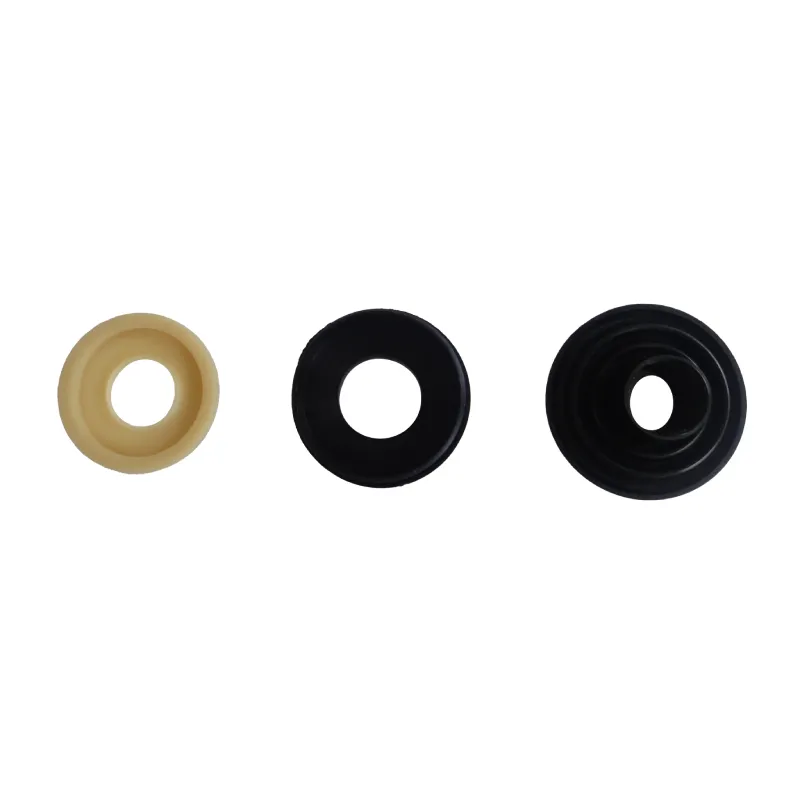 Afrikaans
Afrikaans  Albanian
Albanian  Amharic
Amharic  Arabic
Arabic  Armenian
Armenian  Azerbaijani
Azerbaijani  Basque
Basque  Belarusian
Belarusian  Bengali
Bengali  Bosnian
Bosnian  Bulgarian
Bulgarian  Catalan
Catalan  Cebuano
Cebuano  Corsican
Corsican  Croatian
Croatian  Czech
Czech  Danish
Danish  Dutch
Dutch  English
English  Esperanto
Esperanto  Estonian
Estonian  Finnish
Finnish  French
French  Frisian
Frisian  Galician
Galician  Georgian
Georgian  German
German  Greek
Greek  Gujarati
Gujarati  Haitian Creole
Haitian Creole  hausa
hausa  hawaiian
hawaiian  Hebrew
Hebrew  Hindi
Hindi  Miao
Miao  Hungarian
Hungarian  Icelandic
Icelandic  igbo
igbo  Indonesian
Indonesian  irish
irish  Italian
Italian  Japanese
Japanese  Javanese
Javanese  Kannada
Kannada  kazakh
kazakh  Khmer
Khmer  Rwandese
Rwandese  Korean
Korean  Kurdish
Kurdish  Kyrgyz
Kyrgyz  Lao
Lao  Latin
Latin  Latvian
Latvian  Lithuanian
Lithuanian  Luxembourgish
Luxembourgish  Macedonian
Macedonian  Malgashi
Malgashi  Malay
Malay  Malayalam
Malayalam  Maltese
Maltese  Maori
Maori  Marathi
Marathi  Mongolian
Mongolian  Myanmar
Myanmar  Nepali
Nepali  Norwegian
Norwegian  Norwegian
Norwegian  Occitan
Occitan  Pashto
Pashto  Persian
Persian  Polish
Polish  Portuguese
Portuguese  Punjabi
Punjabi  Romanian
Romanian  Russian
Russian  Samoan
Samoan  Scottish Gaelic
Scottish Gaelic  Serbian
Serbian  Sesotho
Sesotho  Shona
Shona  Sindhi
Sindhi  Sinhala
Sinhala  Slovak
Slovak  Slovenian
Slovenian  Somali
Somali  Spanish
Spanish  Sundanese
Sundanese  Swahili
Swahili  Swedish
Swedish  Tagalog
Tagalog  Tajik
Tajik  Tamil
Tamil  Tatar
Tatar  Telugu
Telugu  Thai
Thai  Turkish
Turkish  Turkmen
Turkmen  Ukrainian
Ukrainian  Urdu
Urdu  Uighur
Uighur  Uzbek
Uzbek  Vietnamese
Vietnamese  Welsh
Welsh  Bantu
Bantu  Yiddish
Yiddish  Yoruba
Yoruba  Zulu
Zulu Understanding the Importance of Idler Rollers in Mechanical Systems for Efficient Operation
The Importance of Idler Rollers in Conveyor Systems
Idler rollers play a crucial role in the efficiency and functionality of conveyor systems, which are widely used across various industries, including manufacturing, mining, and logistics. By supporting the conveyor belt and facilitating the movement of materials, idler rollers ensure that operations run smoothly and effectively. This article explores the importance, types, and maintenance of idler rollers, highlighting their essential contributions to industrial applications.
Understanding Idler Rollers
Idler rollers are cylindrical components that do not drive the conveyor belt but instead support it. They provide the necessary tension and help maintain the belt's alignment and stability during operation. Typically made from durable materials such as steel or plastic, these rollers are designed to withstand harsh industrial environments, including exposure to water, dust, and heavy loads.
Idler rollers are positioned at various points along the conveyor system, including the loading area, return path, and discharge zone. Depending on their placement and specific function, they can be categorized into several types carrying idlers, return idlers, impact idlers, and training idlers. Each type serves a distinct purpose in optimizing the performance of the conveyor system.
Types of Idler Rollers
1. Carrying Idlers These are responsible for supporting the loaded conveyor belt. They are commonly placed at intervals along the length of the conveyor system to provide adequate support for the weight of the materials being transported.
2. Return Idlers Positioned on the return section of the conveyor, return idlers help to guide the empty belt back to the loading area. They ensure the belt maintains its alignment and reduces wear on the rollers and the belt itself.
3. Impact Idlers These are specifically designed to absorb the shock from heavy materials dropping onto the conveyor. By using impact idlers, companies can prevent damage to the belt and the supporting structure, thus prolonging the lifespan of the conveyor system.
4. Training Idlers Also called tracking idlers, these components help to keep the conveyor belt centered and properly aligned. Misalignment can lead to increased wear on the belt and idlers, so training idlers are essential for maintaining optimal performance.
idler roller

Maintenance and Best Practices
To ensure that idler rollers function effectively, regular maintenance is essential. Here are some best practices for maintaining idler rollers
1. Regular Inspection Routine checks should be performed to identify signs of wear, damage, or misalignment. Early detection of issues can prevent costly repairs and downtime.
2. Lubrication Proper lubrication of bearing components is critical for reducing friction and preventing premature wear. Ensuring that lubrication schedules are followed helps maintain optimal performance.
3. Alignment Checks Incorrect alignment can lead to uneven wear and reduced efficiency. Regularly verifying the alignment of both the rollers and the conveyor belt can avoid operational issues.
4. Replacement of Worn Parts Any idler rollers that show signs of significant wear or damage should be promptly replaced to prevent further complications within the conveyor system.
5. Cleaning Debris and material build-up around idlers can hinder performance and lead to additional wear. Regular cleaning of the conveyor system, including the idler rollers, enhances operational efficiency.
Conclusion
Idler rollers may seem like a small component in the grand scheme of a conveyor system, but their importance cannot be overstated. They ensure the smooth operation of the system, contributing significantly to productivity and efficiency in various industrial applications. By understanding their function, types, and maintenance needs, businesses can optimize their conveyor operations and extend the lifespan of their machinery. Investing in high-quality idler rollers and committing to regular maintenance will ultimately result in improved performance, reduced downtime, and enhanced overall productivity.
-
Revolutionizing Conveyor Reliability with Advanced Rubber Lagging PulleysNewsJul.22,2025
-
Powering Precision and Durability with Expert Manufacturers of Conveyor ComponentsNewsJul.22,2025
-
Optimizing Conveyor Systems with Advanced Conveyor AccessoriesNewsJul.22,2025
-
Maximize Conveyor Efficiency with Quality Conveyor Idler PulleysNewsJul.22,2025
-
Future-Proof Your Conveyor System with High-Performance Polyurethane RollerNewsJul.22,2025
-
Driving Efficiency Forward with Quality Idlers and RollersNewsJul.22,2025





























